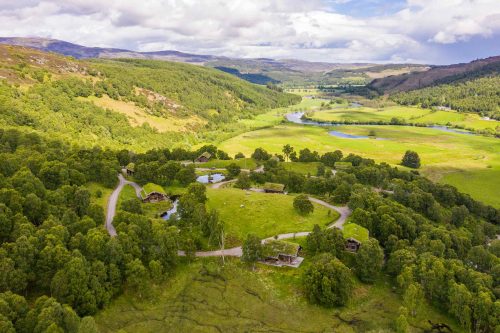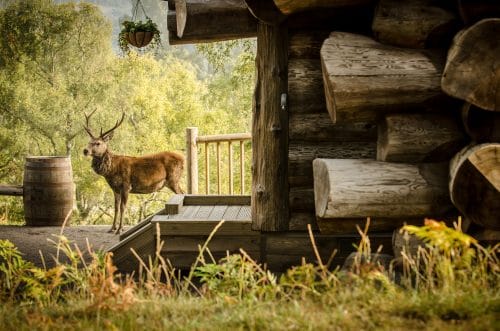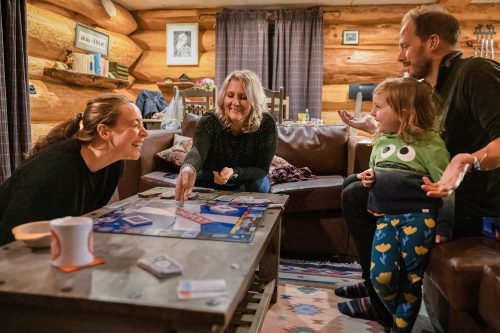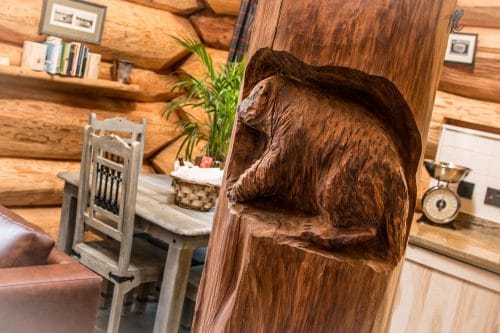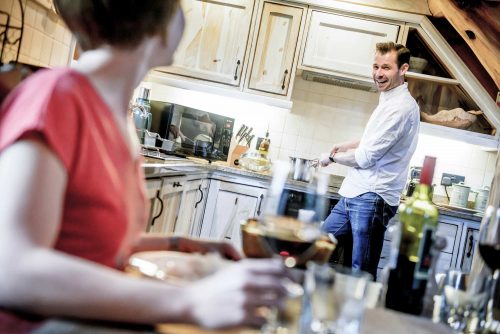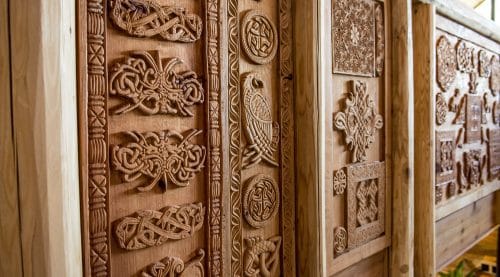Scottish heather honey and beekeeping
A study by The Scottish Bee Company and Fera Science Ltd has found that Scottish heather honey is a world-leading superfood and packed with nutrients.
And bees are so important that the Scottish Government has a dedicated Bee Health Team, including Bee Health Inspectors that work closely with the Bee Health Improvement Partnership (BHIP) to achieve a healthy and sustainable population of honeybees in Scotland.
The Cabinet Secretary for Rural Affairs and Islands, Mairi Gougeon introduced the new Honey Bee Health Strategy by writing, ‘Honey bees and beekeeping activities in Scotland are important not only because of their role in the pollination of crops and wild plants but also because they are important drivers for the Scottish economy. Beekeeping continues to grow in popularity, and we continue to see an increase in the number of beekeepers in Scotland, both hobbyist and commercial businesses.’ in the foreword of the 2022 Honey Bee Health Strategy.
The planet is dependent on bees to fertilise crops. In the UK, it would cost UK farmers £1.8 billion a year to do the work of the busy bee. And in Scotland, bees are responsible for over 50% of the annual pollination of all crops, produce, fruits, flowers, shrubs, and trees.
So, clearly, beekeeping is important to the planet but, what makes Scottish heather honey so special?
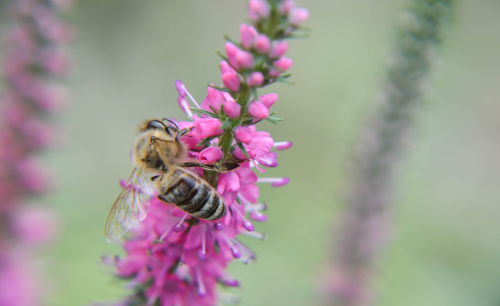
What is so special about Scottish heather honey?
Firstly, Scottish heather honey contains up to 10 times more of the essential micronutrient, manganese in comparison to 200 of its global rivals. The body needs manganese to help repair bones and other functions but, it can’t make its own.
Manuka honey was cited as the healthiest honey money can buy, until now.
It is thought that the high levels of the trace mineral are the result of pollen being collected from heather and other plants that thrive in the manganese-rich soil around the Scottish moorlands.
And secondly, not only is Scottish heather honey a new superfood but it is delicious too!
How is it made?
Scottish heather honey is made by bees from the nectar of the tiny pink/purple flowers of the common heather plant. This plant grows in abundance on Scottish heathlands, moors, bogs, and woodlands.
The bees busy themselves, collecting the nectar from these beautiful little flowers to take back to their hives. While buzzing from plant to plant, the bees also transfer the pollen, ensuring the heather continues to thrive.
Back in the hive, the nectar is stored in the honeycomb where it breaks down into simple sugars. The constant fanning of the bees’ wings, along with the design of the honeycomb, causes evaporation. This creates the liquid honey that is then harvested.
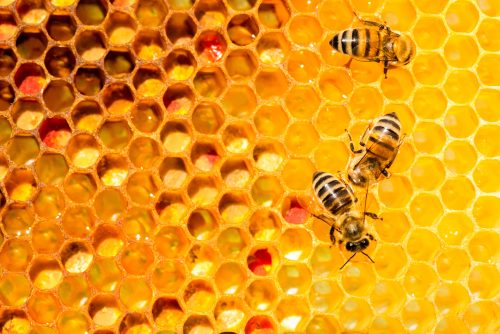
What is Scottish heather honey like?
It has an unusual texture when you first open the jar. It is jelly-like until it is stirred when it becomes runny and has the consistency you would expect from honey. If left alone, it turns back into jelly. The viscosity of the honey can make it difficult to extract from the comb.
It is intensely aromatic and strong, so use sparingly if you are having it on toast. An article about Scottish heather honey on the website Saveur describes it as ‘smelling a bit like lying face down in a hay-filled barn, if that hay were also slathered in toasty caramel and scattered with bundles of fresh mint and sage.’
The taste is milder, but with a powerful aftertaste that lingers. It is described as pungent, tangy, smoky, and mildly sweet. It is dark in colour with a red/orange hue.
It’s a great ingredient to use in recipes – from sweet cakes to delicious savoury dishes. Here are few to try:
- Scottish Heather Honey Cake
- Scottish Heather Honey Chicken
- Heather Honey Ice cream
- Honey Roasted Lavender Lamb
- Special Honey Bread
And here is a recipe for Scottish Heather Honey Sponge Pudding from Paul Hollywood:
Beekeeping
We keep bees here at Eagle Brae. As we mentioned earlier, bees are essential to pollinate food crops and wild flora. But they are also incredibly interesting creatures, and we love nothing better than watching them go about their busy day in and around the hives. We weren’t surprised to learn that beekeeping enjoyed a bit of a surge during the recent lockdowns.
If you want to find out more about keeping bees, here are our beginner’s top tips.
Buy a book or two
It’s worth reading up about bees and beekeeping before you get started. The more knowledge you have, the better beekeeper you will be.
Find out where your local beekeeping branch is
It’s always worth learning from the experts and your local beekeeping association is a great place to start. The British Beekeepers’ Association has a list of branches as does the Scottish Beekeepers’ Association and the Welsh Beekeepers’ Association.
Attend a course
Again, learning from the experts is the best way to go. The various beekeeping associations will have details on courses near you.
Make sure you have somewhere to keep your bees
That could be in your garden if you have one, on the roof of your block of flats (get permission first), at an allotment, or at a nearby apiary. This is a place where a number of hives are kept, and your local beekeeping association will have a list of those nearby.
Make sure you have all the equipment you need
You’ll need:
- A hive
- Hive frames with wax foundations
- A bee suit with gloves and wellies
- A smoker to calm the bees
- A hive tool to inspect the hive
- And, of course, a small honeybee colony. Again, your local beekeeping association can help with this.
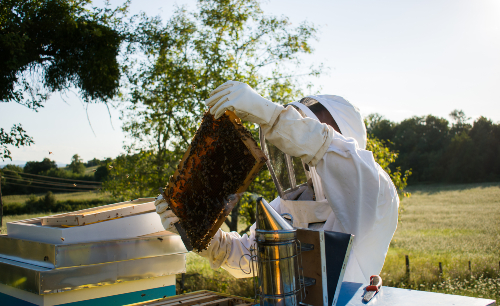
Health and safety
If you keep bees, it is highly likely you will get stung at some point! It’s a good idea to carry an EpiPen with you, just in case you, or someone near you, has an allergic reaction. And, if you are keeping your bees at home, think about your neighbours. It’s worth having a chat with them before you go to the expense of buying all your equipment.
Leave them bee!
Don’t keep peeking into the hives 10 times a day to see what they are doing. It lets out heat and stresses the poor bees out. That said, you do need to check on your hives, if not the actual bees inside, regularly.
Country Living has a great guide to beekeeping that is definitely worth a read and The Spruce has a whole host of articles about beekeeping.
We would love to hear about your experiences with beekeeping and see your photos on our Eagle Brae Facebook page. When you visit us, we would be happy to talk to you about our beehives.









